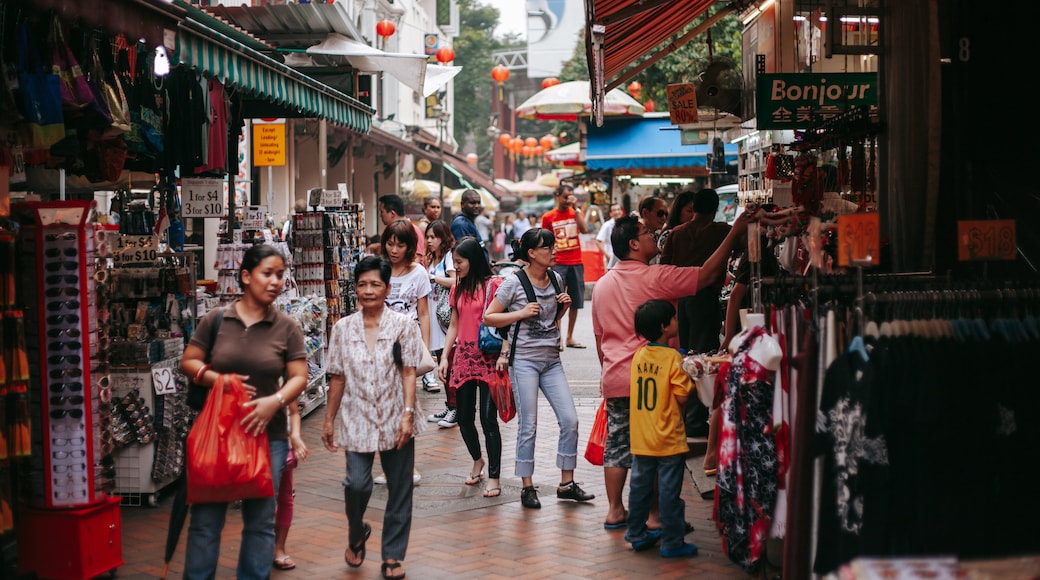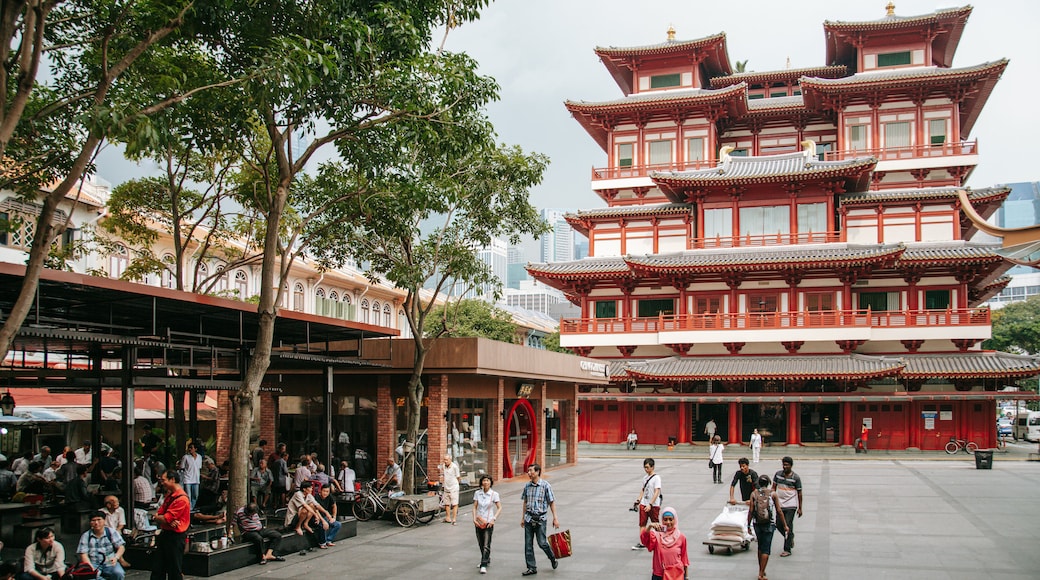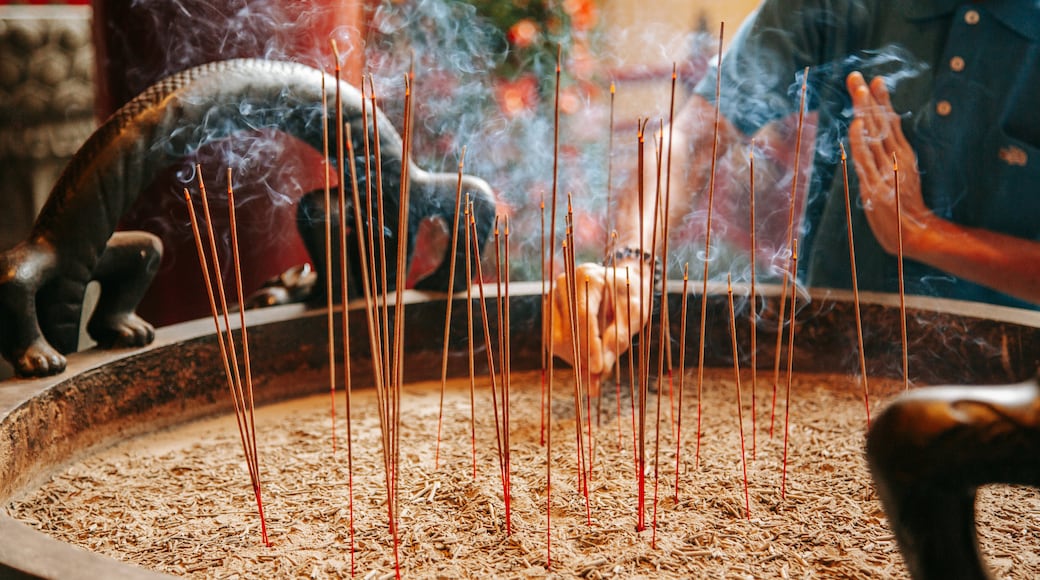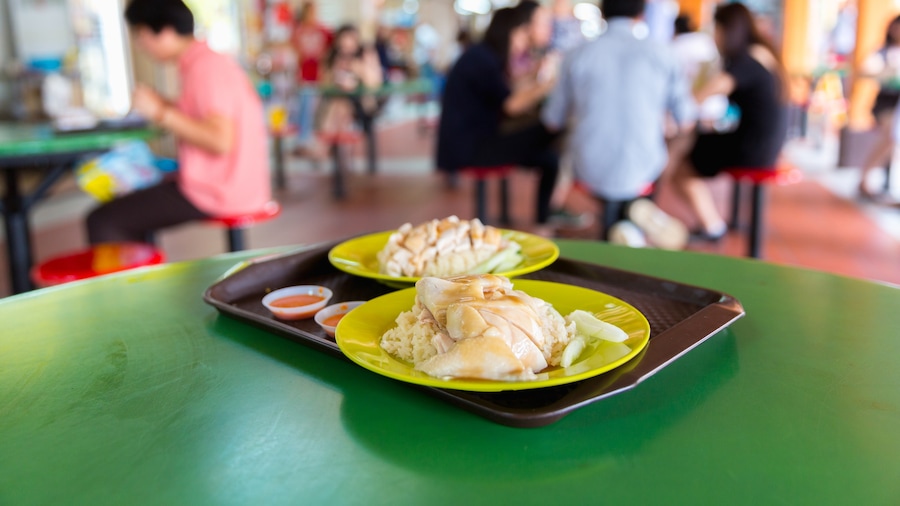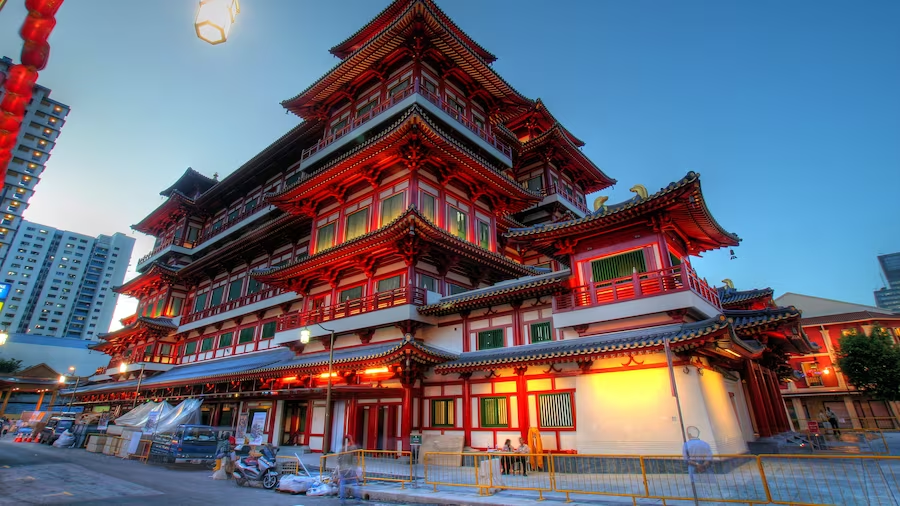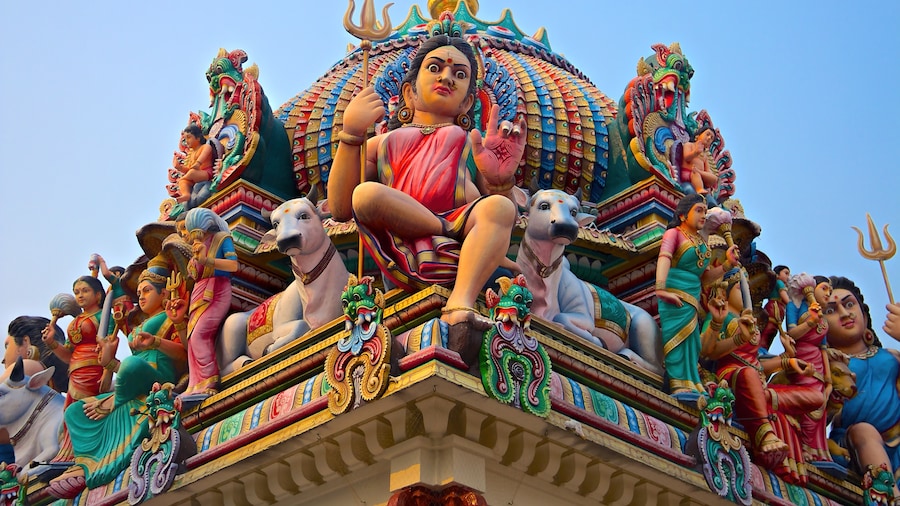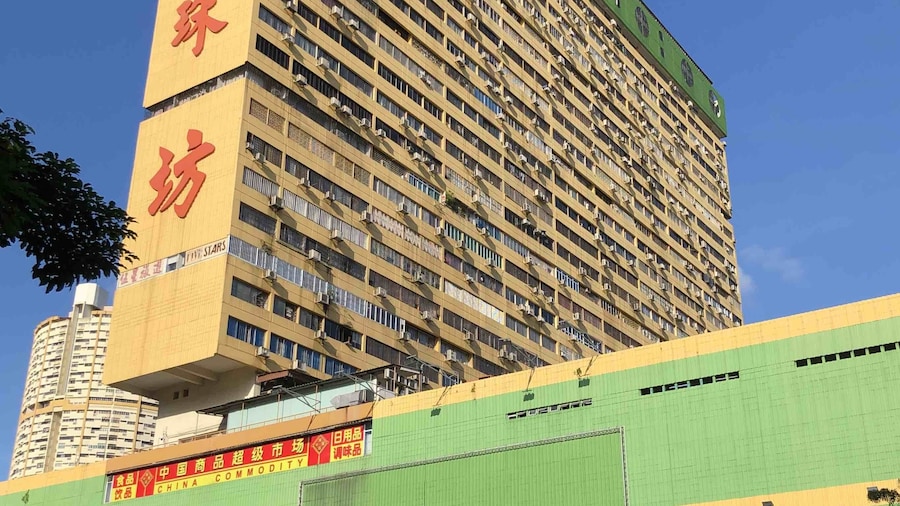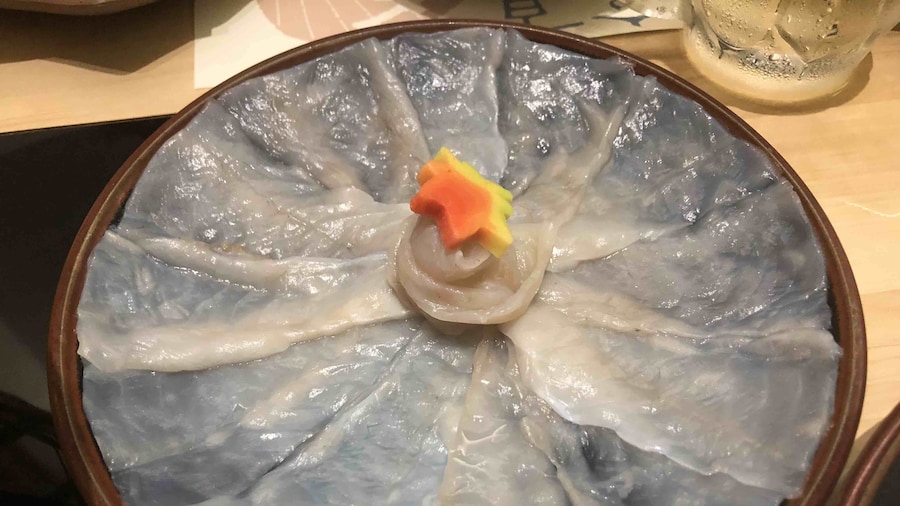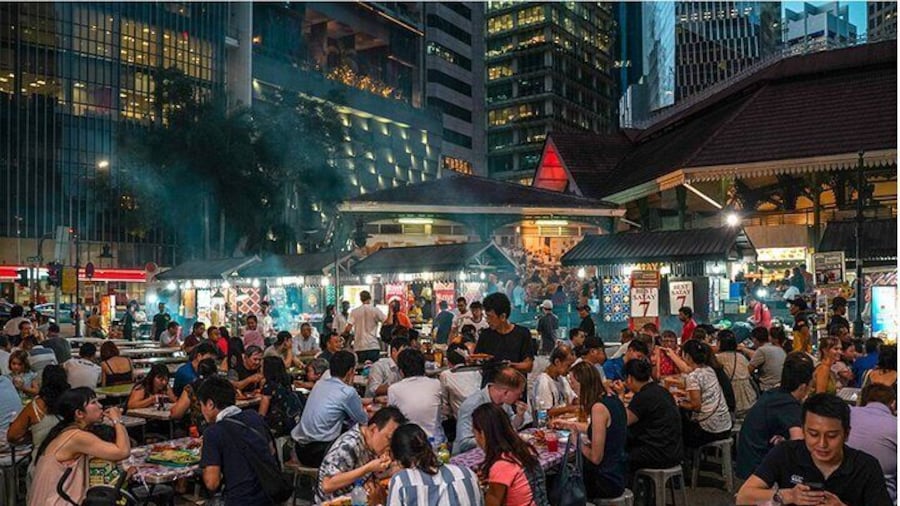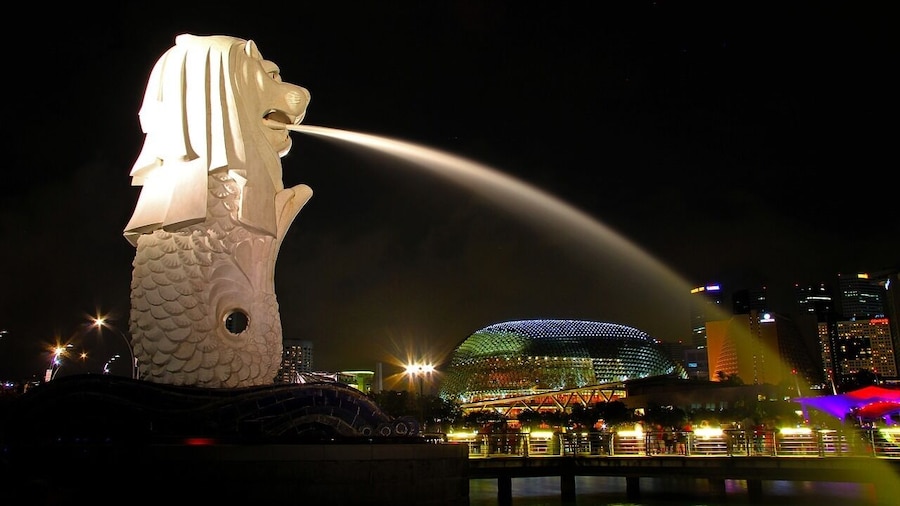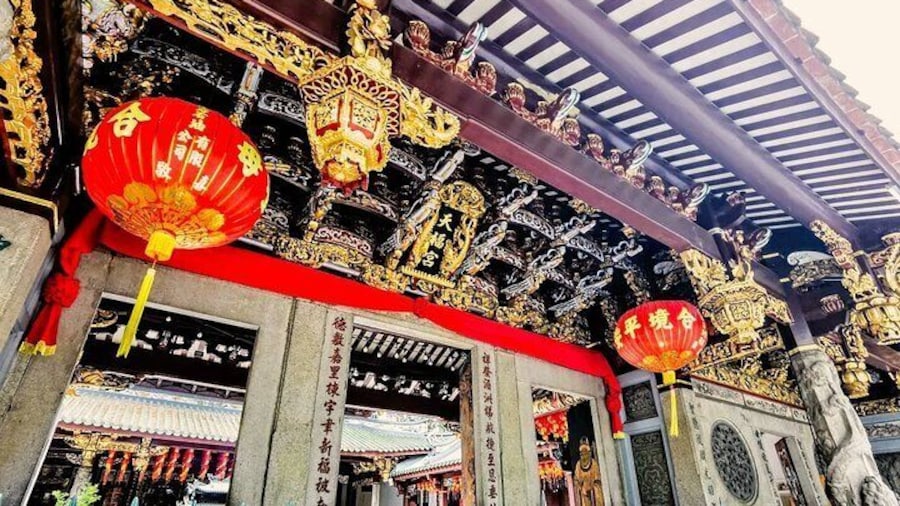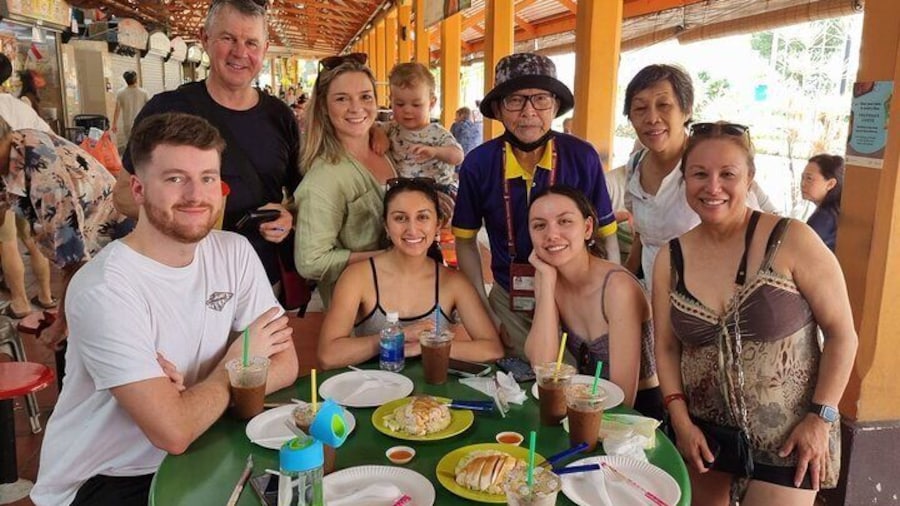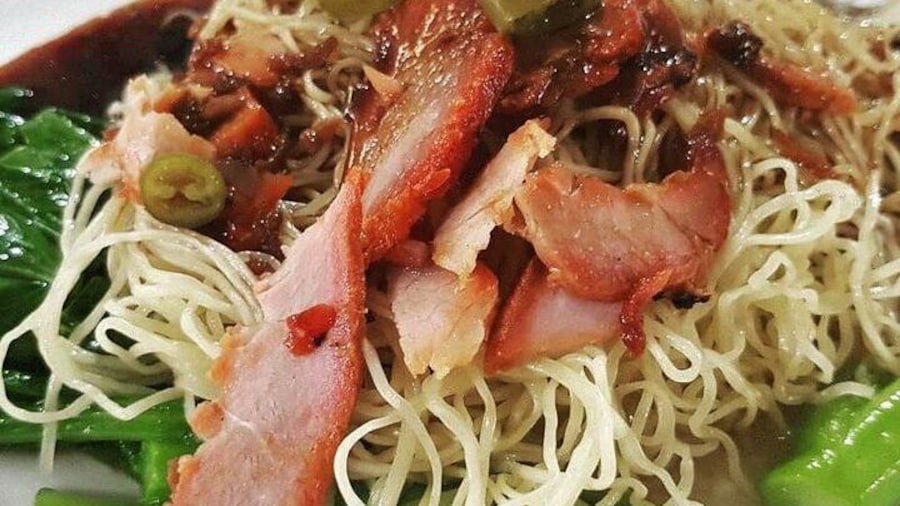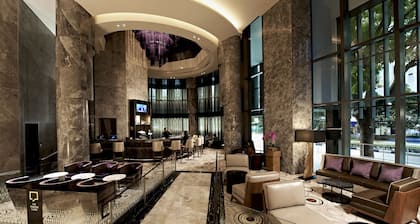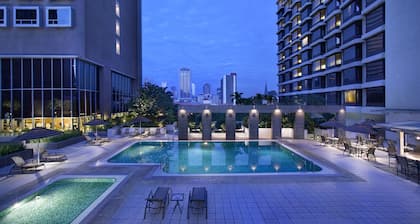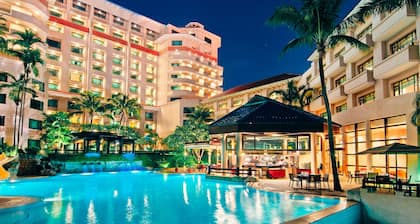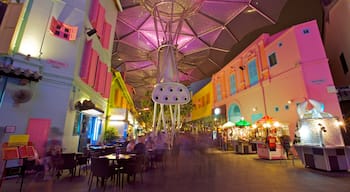It goes without saying that Singapore's Chinatown is less of an ethnic enclave than most of the world's other Chinatowns. At the same time, this is one of the world's oldest and most evocative Chinatowns. History can be found at every turn, while the eating scene is superb. The inhabitants of Chinatown actually refer to this area as Niu Che Shui. This translates as 'bull water cart', which was the main means of transporting this commodity back in the 19th century.
Take in Chinatown's extraordinary architecture while walking along the historic Pagoda Street. Once rife with slaves and opium dens, this is now a well-preserved stretch of the Chinatown Historic District. Visit the Chinatown Heritage Centre to find out about the first Chinese settlers. Then stroll through Pagoda Street's market, taking note of the Victorian architecture which was introduced by the Raffles Town Plan of 1822. Trengganu Street and Temple Street are further examples of Chinatown's pretty architecture – baroque and Italianate buildings with balconies painted in different pastel hues.
Next, head to the Sri Mariamman Temple, Singapore's oldest Hindu place of worship, and marvel at its Dravidian-style architecture. The Al-Abrar Mosque is a less imposing, but a nonetheless attractive addition to your itinerary. Another impressive place of worship is the Buddha Tooth Relic Temple, which often hosts colourful ceremonies within its opulent red and gold walls.
Finding decent food in Chinatown is easy. Smith Street is particularly revered for its cuisine. Take your pick from pork rib soup, fish ball noodles and Char Kway Teow (noodles fried up with fresh cockles). Dine alfresco in the evening for the full effect – fairy lights, traditional Chinese music and locals eating with gusto.
Chinatown is in downtown Singapore and serviced by the Chinatown MRT station. Numerous buses pass through the area as well. Chinatown is open all the time and is free to enter.

